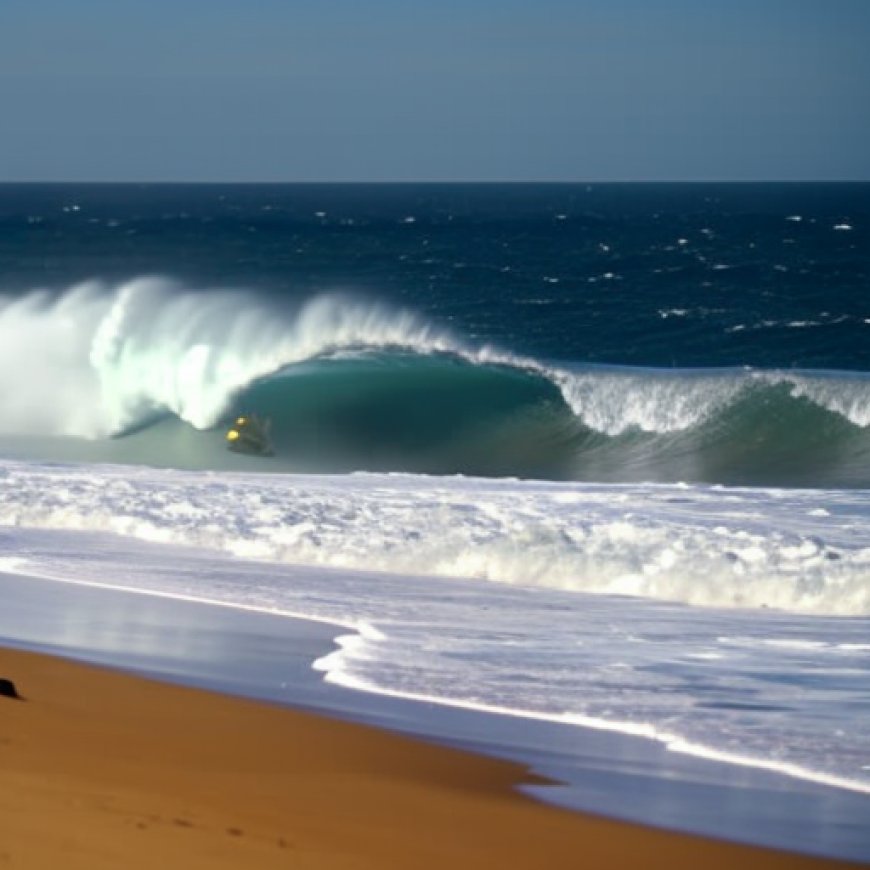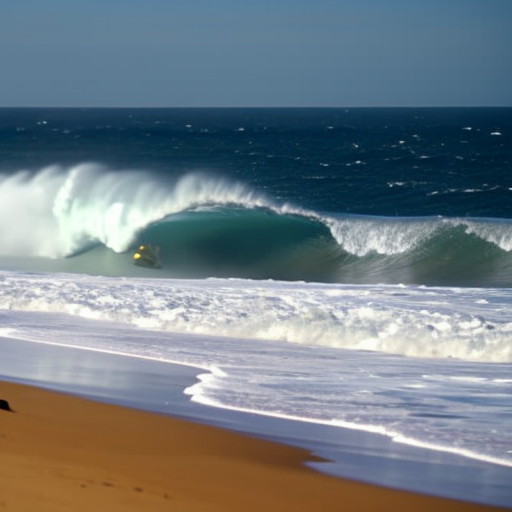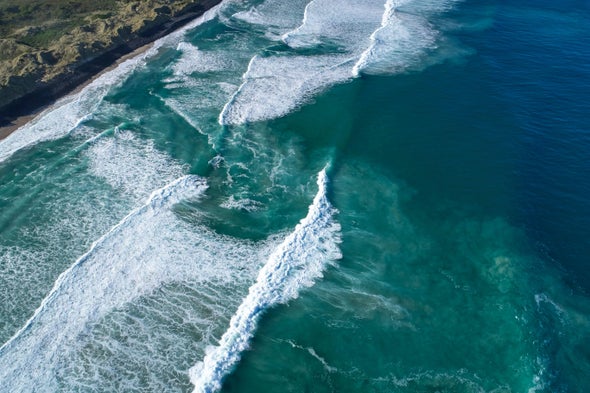Dangerous Rip Currents Give Marine Life a Speed Boost
Dangerous Rip Currents Give Marine Life a Speed Boost Scientific American


Dangerous Rip Currents Give Marine Life a Speed Boost

If you’ve ever waded into the ocean for a swim and suddenly realized that the shore is getting farther away, not closer, you may have encountered a rip current. Common at beaches worldwide, these powerful currents flow from the shore toward the sea at speeds up to several feet per second.
It’s important to know what rip currents are and how to look for them, because they are a leading cause of drownings in the surf zone near shore. According to one recent estimate, rip currents have accounted for 435 drownings in the U.S. since 2017.
Not all rip currents are the same
All rip currents have similar effects, but they can form in several ways.
-
One type of rip, known as a bathymetric or channel rip current, forms when there are gaps between breaking waves. As waves break, they push water toward the beach and raise the level of the water slightly.
-
If waves break on a sandbar, but not in a deeper channel that cuts through the sandbar, the extra water that the waves have pushed toward the beach escapes back to the ocean through the channel. The flow of the escaping water acts like a conveyor belt, moving water, unsuspecting swimmers and small marine organisms offshore.
-
Another type, known as a transient or flash rip current, forms when surf is choppy. The edges of breaking waves push on the water and make it spin, like a fast ice skater bumping into someone.
-
This creates whirls known as eddies, which can combine to form larger whirls, with currents that act like temporary conveyor belts. Flash rip currents are an active area of research.
Swim, float, call for help
Choosing beaches with lif
SDGs, Targets, and Indicators
-
SDG 3: Good Health and Well-being
- Target 3.4: By 2030, reduce by one-third premature mortality from non-communicable diseases through prevention and treatment and promote mental health and well-being.
- Indicator 3.4.1: Mortality rate attributed to cardiovascular disease, cancer, diabetes or chronic respiratory disease.
-
SDG 14: Life Below Water
- Target 14.2: By 2020, sustainably manage and protect marine and coastal ecosystems to avoid significant adverse impacts, including by strengthening their resilience, and take action for their restoration in order to achieve healthy and productive oceans.
- Indicator 14.2.1: Proportion of national exclusive economic zones managed using ecosystem-based approaches.
Explanation
The article discusses the issue of rip currents, which are powerful currents that flow from the shore toward the sea and can be a leading cause of drownings in the surf zone near shore. This issue is connected to SDG 3: Good Health and Well-being, as it addresses the need to prevent drownings and promote safety in coastal areas. Specifically, Target 3.4 aims to reduce premature mortality from non-communicable diseases, which includes drowning, and promote mental health and well-being. The indicator 3.4.1, which measures the mortality rate attributed to cardiovascular disease, cancer, diabetes, or chronic respiratory disease, can be used to measure progress towards this target.
The article also highlights the ecological role of rip currents in redistributing small marine organisms and other substances in coastal waters. This is relevant to SDG 14: Life Below Water, which focuses on the sustainable management and protection of marine and coastal ecosystems. Target 14.2 specifically aims to sustainably manage and protect these ecosystems to achieve healthy and productive oceans. The indicator 14.2.1, which measures the proportion of national exclusive economic zones managed using ecosystem-based approaches, can be used to measure progress towards this target.
Table: SDGs, Targets, and Indicators
| SDGs | Targets | Indicators |
|---|---|---|
| SDG 3: Good Health and Well-being | Target 3.4: By 2030, reduce by one-third premature mortality from non-communicable diseases through prevention and treatment and promote mental health and well-being. | Indicator 3.4.1: Mortality rate attributed to cardiovascular disease, cancer, diabetes or chronic respiratory disease. |
| SDG 14: Life Below Water | Target 14.2: By 2020, sustainably manage and protect marine and coastal ecosystems to avoid significant adverse impacts, including by strengthening their resilience, and take action for their restoration in order to achieve healthy and productive oceans. | Indicator 14.2.1: Proportion of national exclusive economic zones managed using ecosystem-based approaches. |
Behold! This splendid article springs forth from the wellspring of knowledge, shaped by a wondrous proprietary AI technology that delved into a vast ocean of data, illuminating the path towards the Sustainable Development Goals. Remember that all rights are reserved by SDG Investors LLC, empowering us to champion progress together.
Source: scientificamerican.com

Join us, as fellow seekers of change, on a transformative journey at https://sdgtalks.ai/welcome, where you can become a member and actively contribute to shaping a brighter future.







